B2B e-commerce in Malaysia continues to grow rapidly and has nearly doubled in revenue since 2017. In 2020, e-commerce reached almost RM900 billion and surged by 30% during the first quarter of 2021.
McKinsey tells us that COVID-19 forced B2B businesses to go online — and this digital shift is here to stay.
Self-service tools have made it easier for buyers to gather information and place orders, and they have also become accustomed to the seamless online shopping experience in their personal lives. This means that buyers now have the same digital expectations from B2B businesses.
These expectations may be daunting but it is an opportunity for B2B sellers to revitalise their business strategy.
For those of you ready to embrace e-commerce, here are three secrets to setting up a successful B2B e-commerce business.
Revise Your Business Plan
Start by updating your existing business plan to include your digital goals. The key to a successful business plan is to continuously revise it along the way as your business evolves so that it’s aligned with industry shifts.

While you won’t be starting from scratch, you’ll need to ask yourself several important questions:
- Have you learned anything new since writing your original business plan?
- Are you targeting a new/wider audience?
- Do you have to meet new customer demands?
- Do you have any new goals?
Once you’ve determined these answers, you’ll have a clearer idea on how to move forward with your strategy. It can also be helpful to identify some of the below points in your business plan:
- What are you selling?
- Who are you selling to?
- How are you sourcing your products?
Main Components of a Business Plan
- Executive summary
- Business structure
- Market research and strategies
Executive summary
An executive summary should highlight the key points in your business plan. It includes details on your target market, company background, management overviews, your financial standing, market opportunities and competitive advantages.
Business structure
This is where you explain the day-to-day of your business operations. If you sell products, you may want to talk about your manufacturing process, how you manage inventory and order fulfillment, and other operational tasks. For service providers, you might include details on your administrative issues, intellectual property and value proposition for customers.
Market research and strategies
This section is an opportunity for you to describe your market analysis, including projections for your business and an overview of competitors. Your sales forecasts, potential customer segments, customer behaviors, PR and advertising tools will fall under this section, along with the types of technology you’ll be using to execute your b2b e-commerce strategy, such as data analytics software.
Think About How to Make Changes in These Core Areas of Your Business
- Key activities
- Customer relationships
- Locations
- Cost structure
Key activities
Going digital can enhance various fundamentals of your business. Identify the areas to implement these changes to help you widen your scope for improvement.
Taking your business online can transform how you approach various activities.Some questions worth asking include:
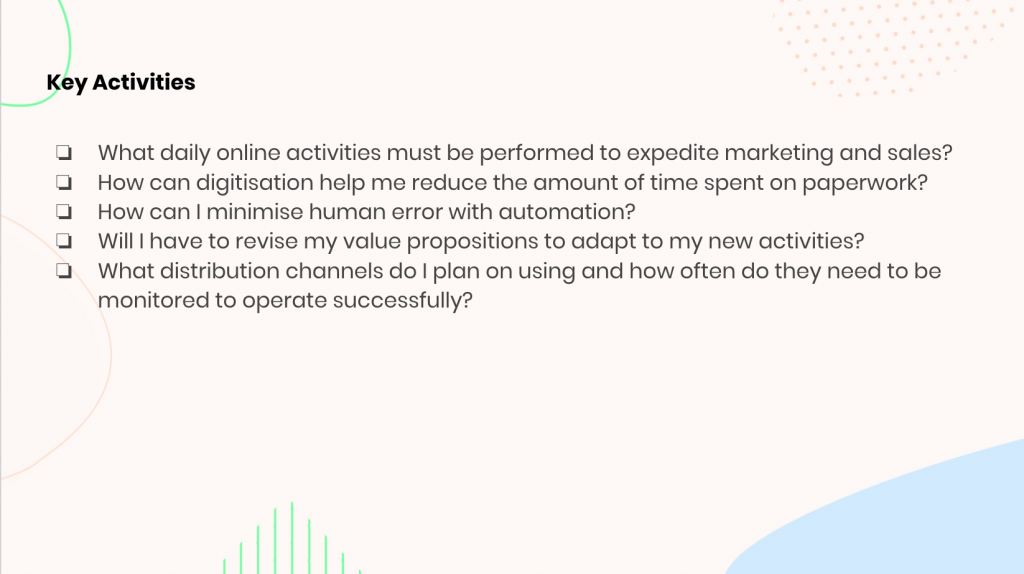
Customer relationships
A major point of b2b e-commerce is to help you improve your customer relationships.
If you plan on getting more traditional B2B customers online, start by identifying the benefits. This will be an important component in compelling your existing customers to make the transition to online.
Some of the main reasons why B2B customers prefer e-commerce include:
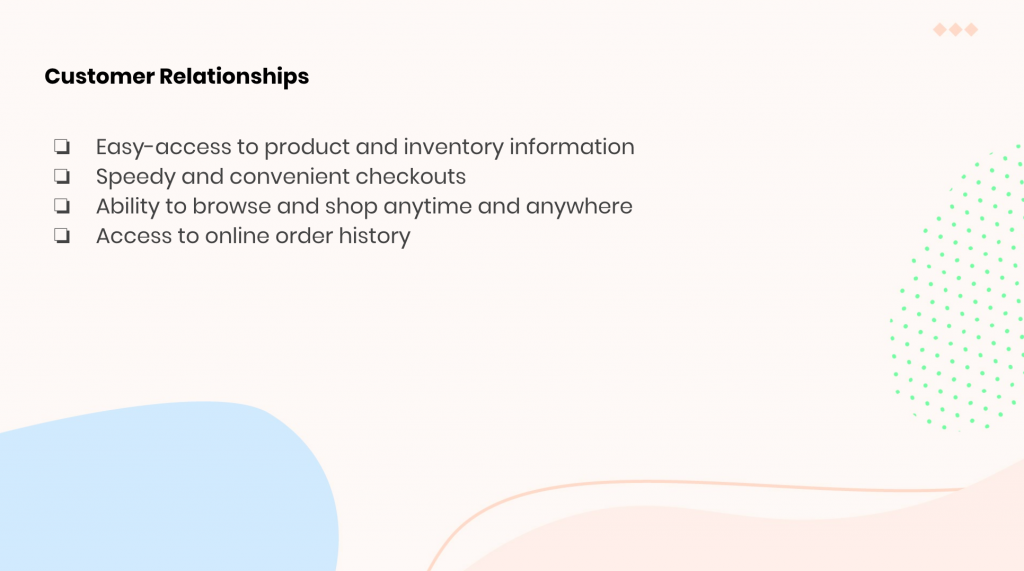
Once you’ve determined your customers’ expectations, think about how to grow your online customer base. This involves mapping out a content marketing strategy in your business plan that includes newsletters, promoting your business on social media, or keeping your website content fresh and personalised to your target audiences’ interests.
Location, Location, Location
Discoverability is another aspect of successful b2b e-commerce performance.
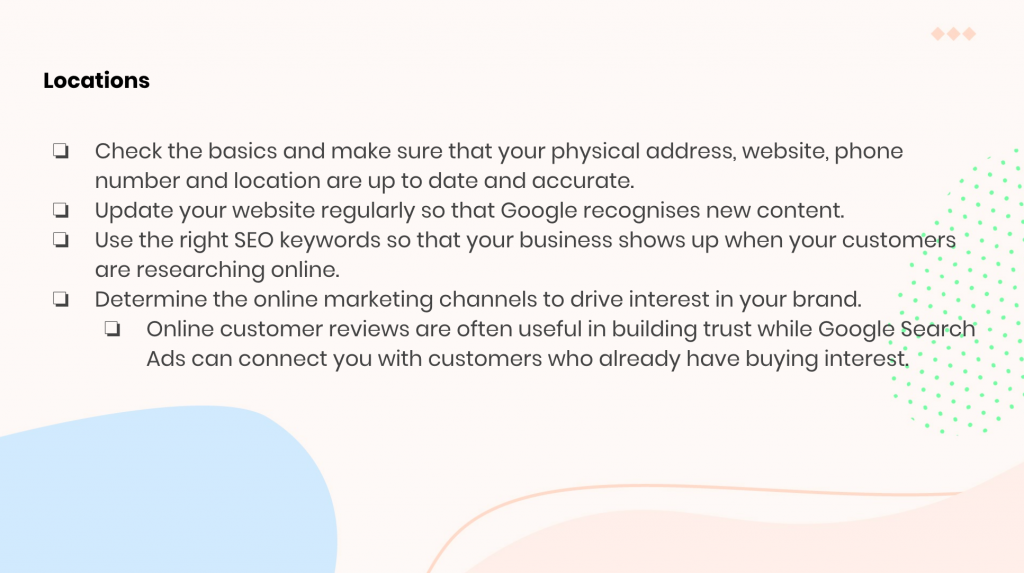
Cost Structure
Taking your business online is an investment but it will pay off over time.In fact, your costs will be significantly reduced as digitisation automates most of your processes while reducing manpower.
Having a cost structure gives you a clear separation of fixed and variable costs, where you can keep track of the ones that are vital to keep your business running.
Some of the points to think about when building the cost structure for your b2b e-commerce business plan include:
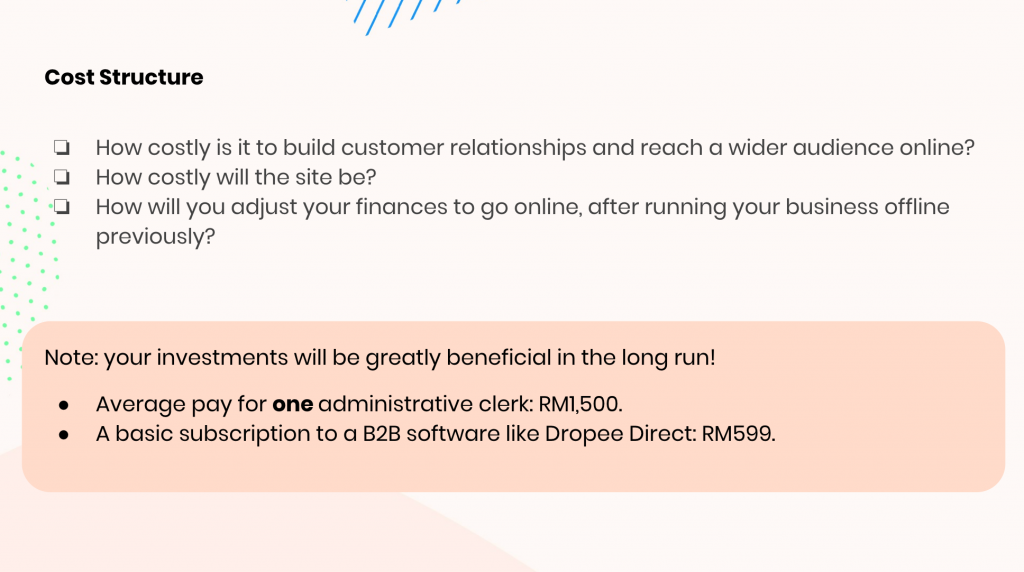
Set Up Your Online Presence
Once you’ve put together your business plan, it’s time to begin setting up your online presence. This is where you’ll present your products or services to your online audience.
To do this, you must first decide what platform to use for your e-commerce business. The three main options are:
Social Media Channels
One of the main benefits of social commerce is it’s low-cost and high reach. Because it’s free to list your items and promote your services on your own page or on community groups, social media boosts your marketing without eating into your budget.
Social commerce also increases your visibility to the wider public. Millions of people are on social platforms daily and this is simply a means of going to where the people are instead of pulling them towards you. In fact, your social media page can be used to redirect customers to your website.
However, the downside to social commerce is that many processes such as order processing and payment cannot be automated. This means you’ll have to fulfill these manually. Privacy concerns are also a recurring issue and a survey by Malwarebytes revealed that 95% of people don’t trust social media with their data, discouraging them from shopping via social platforms.
Online Marketplaces
Well-established ones like Dropee often come with substantial customer pools, making it easier to attract new buyers and expand your customer base. This is especially beneficial for smaller businesses when reaching new buyers who are still unfamiliar with their brand.
Problem solving is also easier as marketplaces have an existing customer support team in place to handle queries and manage any technical issues.
Additionally, businesses can leverage the reputation of the well-known online marketplace, easily building trust with new customers – especially when addressing issues regarding payment, security and product authenticity.
On the flipside, there are concerns surrounding the high-levels of competition on online marketplaces. Some sellers are hesitant as they will have to compete for attention with hundreds of other businesses offering similar products, making it difficult to stand out.
Marketplaces can sometimes be homogenous, making it a challenge to create a unique brand persona. This can hinder relationship and loyalty building as marketplaces tend to be more focused on the product and are oftentimes, reduced to being purely transactional.
Your Own Branded B2B E-Commerce Website
A major benefit of having your own branded website is customisation. It allows you to personalise the shopping experience for every customer and use the feedback to continuously reinvent and improve your customer experience.
Having your own website also reduces the worry of having to compete with other brands on-site, allowing you to place your products and services front and center.
However, being fully in control also means that you’ll have a longer list of duties to be accountable for. This includes overseeing customer service on your own and ensuring all disputes and interactions across various mediums are addressed. You’ll also be responsible for risks relating to privacy issues, online security threats, warehousing and logistics.
Maximising Your Sale and Driving Revenue
Once the foundation of your e-commerce transition is laid, you can start putting your energy into the ultimate goal of your digitisation journey. Having the right strategies in place will increase your sales and revenue.
Here are the five core components in growing your online presence.
Engage on Social Media
Statista says that there are currently more than 27 million social media users across Malaysia, making it the perfect tool to build brand awareness, forge long-term customer relationships and even drive sales directly on your social channels.

Some of the ways you can use social media platforms such as Instagram and Facebook include:
- Reminding your audience of your presence by posting engaging and relevant content on a regular basis. Use Facebook’s analytics tool to identify the best times to schedule your posts.
- Leverage new features such as Instagram stories and Facebook live to create interactive content. Both of these are great at initiating real-time conversation with your users! It’s also an opportunity for you to ask them questions and give them behind-the-scenes peeks into your business.
- Keep your captions short and snappy to get your CTAs across quickly. Plus, the audience is less likely to lose interest while looking for the message you plan to communicate.
- Do you offer free shipping with a minimum spend? Or perhaps same or next-day delivery? Highlight these as a USP on your B2B e-commerce platform and in your messaging. Being transparent about the logistics services you use, your shipping and return policy, as well as your terms of service instills confidence in your customers.
- Clearly communicate how your customers can contact you. If your customer has a hard time locating your contact information, they are likely to move on and shop with a competitor.
Don’t Forget Your SEO
Search engine optimisation (SEO) refers to the process of improving the quality of your website traffic so that search engines like Google can make it easier for your customers to find you online. It’s a powerful tool for increasing traffic and sales to your website.
To get started, here are some of the most basic SEO practices you can apply to your e-commerce business page:
- Apply header tags (such as H1 and H2) to not only add structure to your posts but to pull attention to important topics in your content. When you apply a header tag, you are telling Google that this text is relevant to the keyword, helping Google to include it into relevant search results.
- Find and use the right keyword in your content. For example, if your business sells baking supplies, you’ll want to make sure that the word “baking supplies” and all other relevant keywords are included. You can use Google Adwords keyword planner and other keyword tools to find keywords related to your business.
- Backlinks are hyperlinks that link users to another website. The more backlinks you have from high-quality sites, the better you’ll rank in search engines.
- Always remember to measure the results of your SEO efforts by using free analytics tools such as Google Analytics. This can help you keep track of how keywords are performing, notify you of broken links and stay on top of your platform’s SEO health.
Join and Contribute to Online Communities
One of the best ways to get involved and connect with potential customers is to participate in online communities related to your product or service. Facebook Groups are one such example. Not only does this give you first-hand insight to growing trends, it’ll also establish rapport and position yourself as a thought leader in the subject.
However, the key to getting your target audience to interact with you is subtlety. Join in on conversations and offer valuable insight and solutions instead of focusing solely on promoting your business. Mention it only when the context is appropriate.
If you start a thread on a subject or reply to one posted by another user, make sure to check back regularly to see the replies and respond to any follow-ups.
Enhance Your Customer Experience
Excellent customer experience is an irreplaceable element of creating brand loyalty. It compels customers to come back to your business and also become brand evangelists.
Define your vision of the type of experience you want your customers to have when they shop with you and use that to guide the rest of your strategy. Knowing who your customers are is also important.
Profile your customers and create buyer personas to adjust your communication strategy, one that will align with their buying needs and communication style.
B2B customers value long-term connections with their sellers. They don’t just want efficient service, they want the assurance that businesses have their backs. For example, if an item is sold out, providing them with alternative options or notifying them when it’s back in stock is a form of value-added service that proves you are willing to go the extra mile to make sure that they are taken care of.
Part of improving your customer service is listening to what your customers are saying. Speak to them, send online surveys or have feedback forms on your website to get their honest opinion and make improvements based on these responses.
Get Deeper Insights
In the age of the customer, 65% of B2B buyers have said that they will switch suppliers if they don’t offer personalisation and 74% say that it will affect their loyalty to a brand.
Meeting this new imperative can deeply impact a business’ revenue and businesses must work on developing strategies to fulfill these expectations.
This is where data comes to your rescue. Collecting behavioral data from different platforms can help you better understand your customer’s buying journey.
You can also continue to make improvements to the customer experience through real-time user testing. This involves testing the functionality of your e-commerce, content strategy to see how users respond to them. Heat maps, A/B tests, and focus groups are some examples of usability testing to identify blindspots in the user experience.
Boost Your B2B E-Commerce Success with Dropee’s Webinar
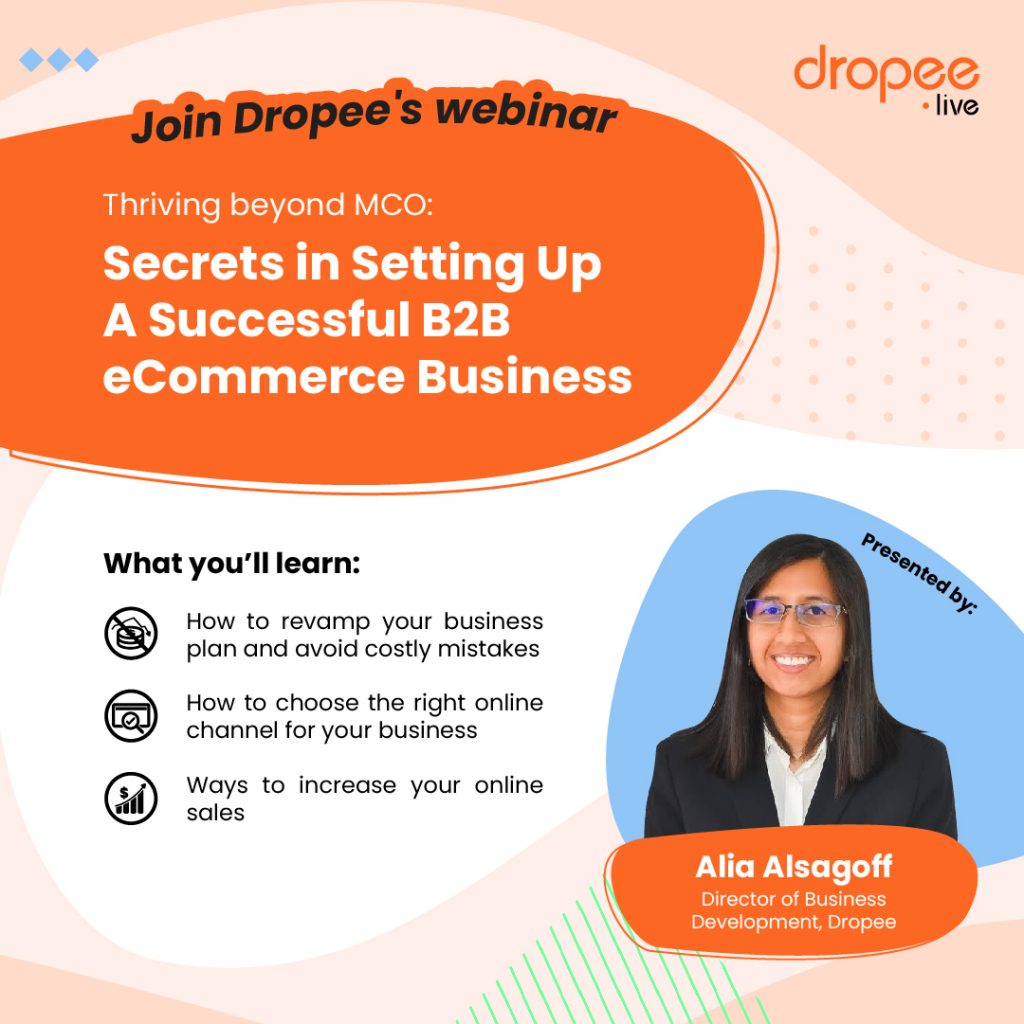
If you want to get more insider secrets on how to set up a B2B e-commerce business, check out our webinar to get exclusive insights from our experts!
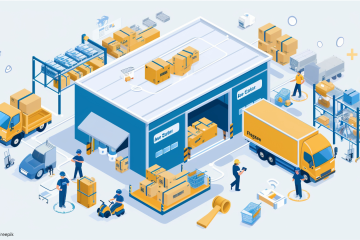

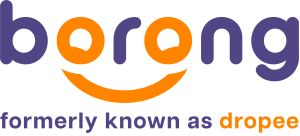
0 Comments